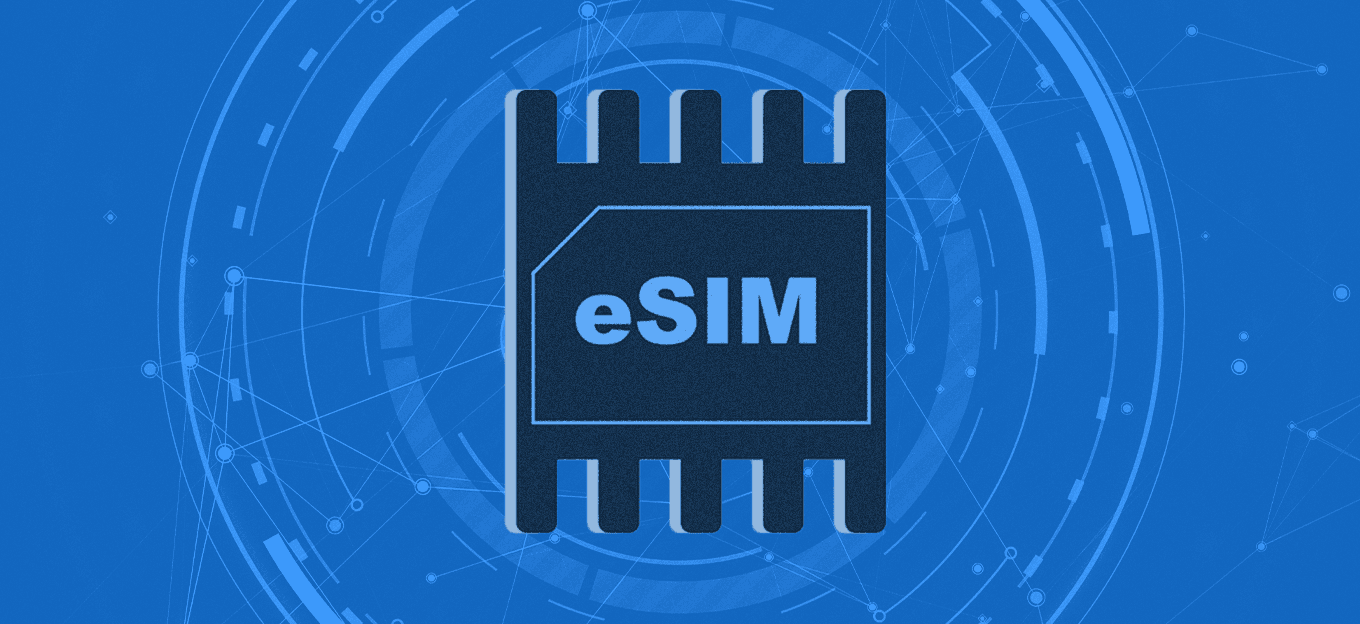How Transformative Are eSIMs?
How Transformative Are eSIMs?
- Last Updated: December 2, 2024
Velos IoT
- Last Updated: December 2, 2024



While eSIM technology is just starting to become available in smartphones, it has been powering the Internet of Things for years. Let's take a look at why eSIMs have become the industry standard for IoT connectivity in transportation, healthcare, utilities, and others.
What is eSIM?
The acronym SIM stands for Subscriber Identity Module – it’s the hardware component that connects a piece of hardware, like a phone or a pet tracker, to a cellular network. Traditional SIM cards must be physically swapped out for the device to switch carrier networks, but new technologies now allow this to be done over the air. This is an eSIM service.
"Embedded SIM," or eSIM, originates from the eUICC card module but is unrelated to embedded SIMs. SIMs come in various form factors for different applications and devices, including some soldered onto the device. However, eSIM can operate on any form factor, provided that the enabling software, eUICC, is present.
The IoT industry often uses eSIM, eUICC, and embedded SIM interchangeably, creating confusion in naming this technology. However, we'll help you navigate it from a business perspective.
Advantages of eSIMs for IoT
eSIMs present a few key benefits over traditional SIMs, which include:
- One size to fit them all: eSIM solutions can be hosted on any SIM card size and type, as long as the card is eUICC-enabled. Devices that need embedded SIMs (MFF2, soldered chips) particularly benefit from eSIM services, allowing remote management without the need for a physical card change.
- Remote management for easy scalability: Massive M2M deployments may include a huge number of devices all over the world. Remote carrier switching eliminates the need to be in the same location to manage or troubleshoot an individual device’s connectivity.
- Flexibility and future-proofing: Having the flexibility to swap network provider profiles as your business requires will give you more control in choosing your partners and the duration of partnerships. eSIMs can support all cellular networks from 2G to LTE and now 5G, providing you with the freedom to work with NB-IoT or Cat-M. This guarantees that you won't have to concern yourself with being restricted to a particular network type or carrier.
How Are eSIMs Used?
eSIMs are on the way to replacing standard SIMs in both IoT devices and consumer products. But they are finding a more widespread use within the machine-to-machine field.
In terms of current active connections, the automotive industry leads the pack in both volume and revenue. Since they can swap networks automatically, they’re the ideal choice for uses where the devices must pass through borders and coverage zones. For example:
- Smart cars: OEMs use eSIMs to add connected services to automobiles, or to meet regulatory safety requirements, such as the European Union’s mandate on eCall facility.
- Vehicle tracking: Vehicle tracking companies use eSIMs to track fleets over borders and coverage areas.
- Dash cams and other devices: Aftermarket auto accessories such as dash cams add connected services to cars; trackers protect against loss and theft.
Other Applications
Outside of the automotive and transportation industries, eSIMs help accomplish 24/7 tracking functions in other sectors.
- Remote patient tracking devices in healthcare use eSIMs to enable sharing of a patient's real-time health data with their medical team.
- Utility companies are adopting them for use in smart power meters and solar panels.
- Point-of-sale devices use eSIMs to process payments and generate data on customer information and retail insights.
This technology is widespread, and chances are, it won’t be going anywhere anytime soon. Experts expect the global revenue of the eSIM market to multiply several times over the next few years.
eSIM for IoT Deployment
eSIMs are just one step on the path to a successful IoT deployment. The piece facilitates the connection between an individual device and the larger network.
When deciding if this technology suits your project, consider the networks it can switch between and their supported locations. The supported networks will depend on the location, the types of available local networks, and the relationship between your provider and the international carriers.
For full eSIM fleet control, you’ll also have to choose a solution with an IoT platform that supports your service goals and customer needs. If you’re considering an eSIM, you’re likely considering a use case where the devices cross-coverage areas fairly often. In that case, an IoT connectivity platform could be a good choice for your business.
The Most Comprehensive IoT Newsletter for Enterprises
Showcasing the highest-quality content, resources, news, and insights from the world of the Internet of Things. Subscribe to remain informed and up-to-date.
New Podcast Episode

Moving Past the Pilot Phase in IoT and AI
Related Articles


